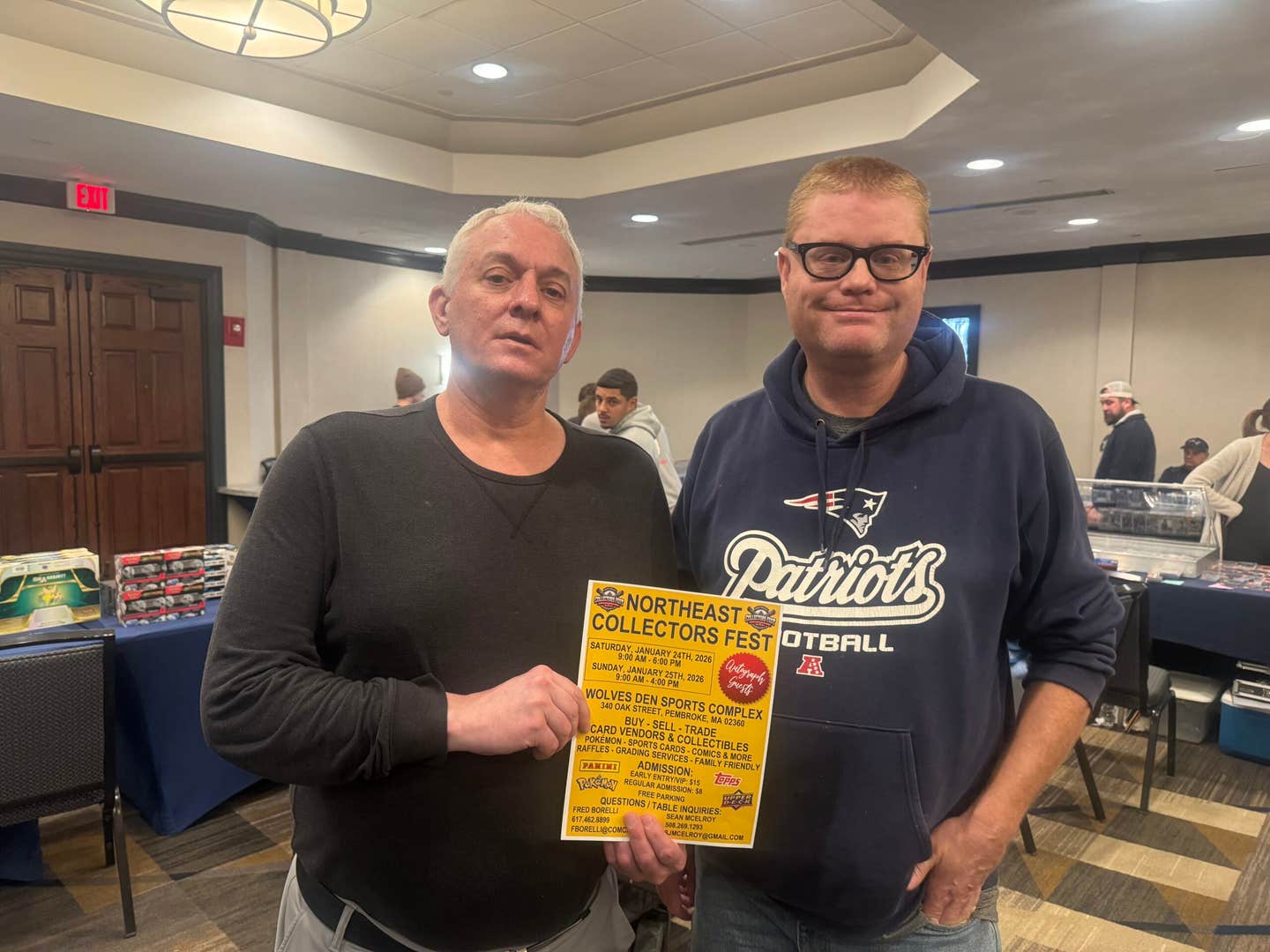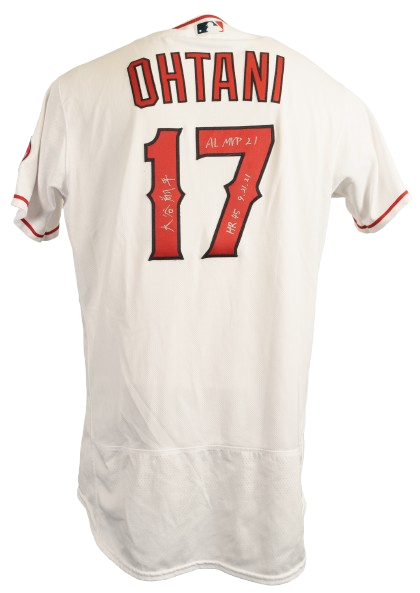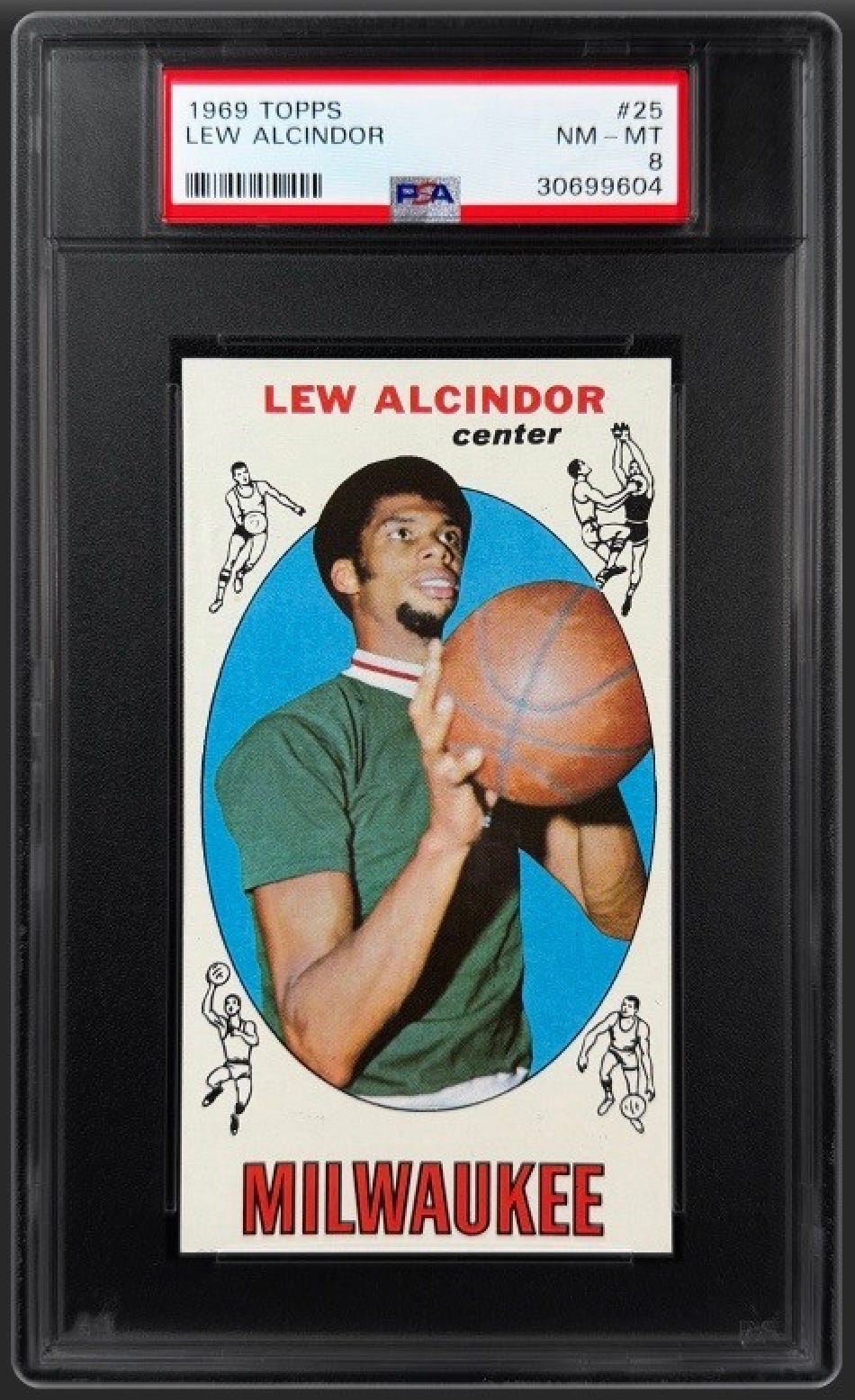As Tiger Woods eases toward being the winningest golfer of all time, the alluring image of his greatness is beginning to develop an even tighter focus.
Of all today's active athletes, who can we truthfully say is worthy of legendary status?
Does anyone see a modern-era Ruth, Gehrig, Baugh, Williams, Mantle, Ali, Aaron, Montana, Gretzky, Jordan, Emmitt or Ripken?
Could it be Shaq or Jeter? Could it be Griffey or Favre? What about Bonds? OK, get real.
Upon closer review, compelling analysis points us in the direction of Tom Brady, Peyton Manning and Albert Pujols. They have the skills, youth, star-power, stats and championships. But for the most part, the field is lined with hopefuls, maybes, and wait-and-sees. Think Alex Rodriguez, LaDanian Tomlinson, and LeBron James.
That's why Tiger, at age 31 and owner of 12 major tournament titles, is ripping apart the historical divide. Over the past three years he has gone from merely being the most dominating golfer of our generation to being the one athlete on which we can place a finger and say, "bona fide all-time legend."
The clincher would appear to be Tiger's major titles and more than six dozen pro wins. Being PGA Player of the Year eight of his 10 seasons doesn't hurt, either. Neither do the TV ratings, which spike almost 50 percent when he is near the top of the leaderboard.
But the real measure of Tiger's greatness parallels that of other true legends - transcendence of their sport. That's why the list of bona fides is short and not very subjective. When all is measured, Ruth, Ali, Gretzky, Jordan and Tiger are the athletes whose names are completely synonymous with their sport and hold the world's attention.
Now, in the prime of his career, the question illuminates: How high up the ladder of greatness can Tiger climb?
"HELLO WORLD"
Truthfully, we saw it coming. At age 2, Tiger was putting against Bob Hope on the "Mike Douglas Show." At 3, he shot a 48 in nine holes. He later won six Junior World Championships, three U.S. Amateur titles, was NCAA individual champ while at Stanford, and in 1996, at age 20, played his first Masters, as an amateur (he tied for 41st).
A few months later, when he announced he was turning pro, Tiger greeted his future by saying, "hello world." How prescient. A year later, he become the first African-American to win The Masters, carrying golf across age, racial, and gender barriers.
According to an Indiana University study, the "Tiger Woods Effect" reflects a five percent annual increase of new golfers; it was one percent in 1997. The number of African-Americans now playing golf has doubled to about 2 percent. Larger gains are seen among Asians.
But the fact Tiger is the only African-American to gain his tour card in 22 years shows how much grassroots work is to be done. He has long since started that work through The First Tee youth golf programs and his foundation, which now has more than 3 million kids participation.
"It takes time," Tiger said just before this year's Masters. "It's like a pyramid effect; you have to get a big base in order to have one or two get to the top. The bigger the base, the better your chances are."
Still, Tiger's impact is social, cultural, economic and global. In golf alone, he's responsible for about a 35 percent increase in attendance at tour events and he's single-handedly caused a change in equipment and courses. Persimmon wood clubs have given way to titanium and graphite. Courses have become tighter and tougher.
"Would I have ever foreseen it happening? No," he added. "I was joking about it when I played with Davis (Love III) in a playoff in '96 to win in Vegas. Davis was using a persimmon driver. That's amazing how the game has changed in 11 years."
TIGER'S HOBBY TALE
Tiger is well on his way to being the first athlete to earn $1 billion. He endorses everything from golf equipment to cars to clothes to video games. He recently created his own tournament and an architectural firm to design golf courses.
But below the radar of those interests is his presence among the sports memorabilia hobby. He's huge, with extremely high values for his signature, collectibles and cards. Like much of the golf-collecting hobby, emphasis is on Tiger's artwork, signed items and photographs.
In some sections of the hobby, Tiger materials have escalated 500 percent in 10 years. Before Tiger, there had never been an exclusive golf card set. Since, there has been a handful, mostly from Upper Deck and SP. And therein rests the great memorabilia margin between athletes and their sports, and athletes.
Tiger is the most successful and collectible individual sport athlete of all time. It's reflected in his market demand, values and materials. But no major golf card set has been produced since 2005 and the market for player autographs wanes greatly after Tiger.
"Basically, it is Tiger and then everybody else," said Tuff Stuff price guide analyst Joe Clemens. "Other than chasing his autographs, along with a few others, there's not a whole lot to the golf card hobby."
It's true. For the most part, collecting golf players is singularly Tiger, with Jack Nicklaus and Arnold Palmer next, followed by legends such as Bobby Jones, Ben Hogan, Byron Nelson and Gene Sarazen. Everyone else is a hundred yards behind.
It's a conundrum that has baffled marketers and licensees for more than a decade. Golf has a massive, high-ticket audience with the highest median income of any major sport. But the great interest in the hobby is with vintage materials and equipment, a tradition that has kept golf collecting anchored at about two percent of the memorabilia hobby.
So why don't golf fans collect the players?
Tuff Stuff took a close look at the golf sector of the hobby in 1997 and 2001 and found that Tiger's impact was in coordination and distribution of his own product. In 1997, there was no major license for product and dealers and collectors were basically left to their own devices - like approaching golfers at tournaments.
The PGA cracked down on this practice shortly before Tiger arrived on the tour. And Tiger's management firm, International Management Firm, has maintained a vigil on Tiger memorabilia licenses: Less is more.
'LEGENDS' FOR REASON
In 2006, Buick produced limited exact replicas of Tiger's famous golf bag that included his signature. They have sold for more than $3,000 each. If you want a simple autographed item, such as an authentically signed photo, the price is climbing near $800.
Such value escalations have sent some collectors shopping, and what they are finding is the most forged autograph of any active athlete. Like Mark McGwire, Michael Jordan and a few others, Tiger rarely signs in public unless it's a charity event or private gathering.
"Even if he was a good autograph signer, says autograph expert Kevin Keating of Quality Autographs and Memorabilia in Alexandria, Va., "he's not loading dealers with inventory. If he was the best signer in the world, you're still lucky to get one a day on the tour. That's why autograph collectors need to exercise common sense when buying his autographs."
Tiger rarely signs golf balls because they are difficult to handle and the re-sale demand is so great. Tiger personalizes items as much possiible. Some golf memorabilia dealers claim the demand for Tiger autographs is 20-to-1 over any other golfer, even Nicklaus and Palmer.
It was said that Babe Ruth signed more than 100,000 baseball in his lifetime. Sammy Baugh would stay on the field in full uniform after Washington Red skins home games and sign for an hour. Mickey Mantle was certain St. Peter would greet him with a baseball to be signed.
They were among the all-time legends for a reason. And for Tiger, this period of athletic and hobby majesty is yet another reason for ascension to bona fide legendary status. It makes you wonder how far he might go. And if he is just be getting started.
Regular contributor Dennis Tuttle is a master of the pick and roll and has been slugging out stories for Tuff Stuff since 1993.








